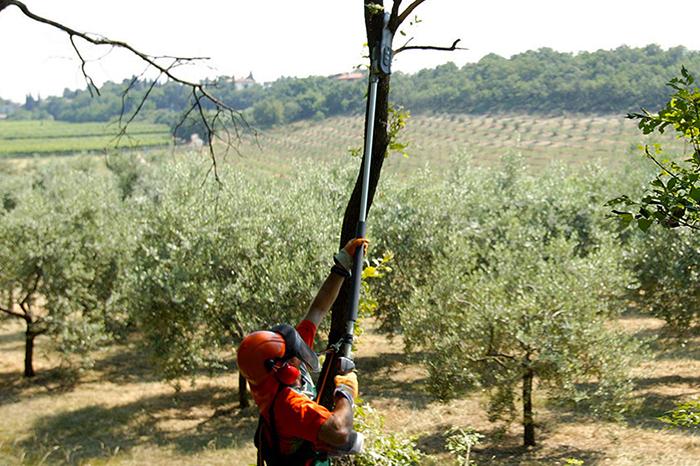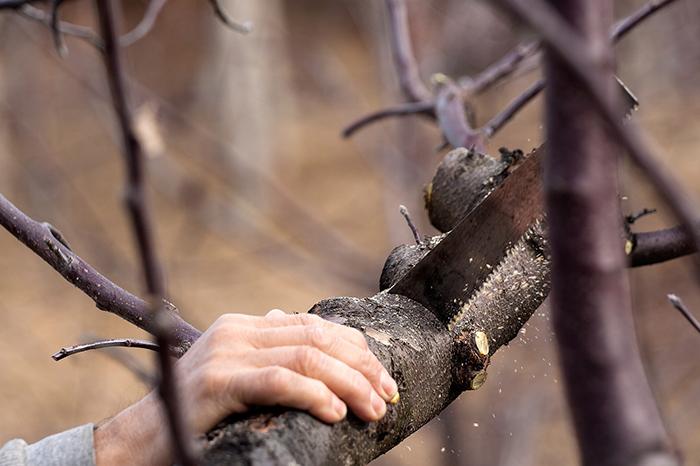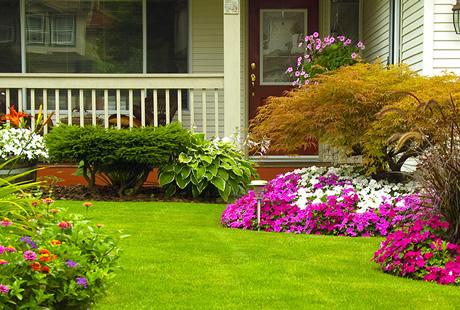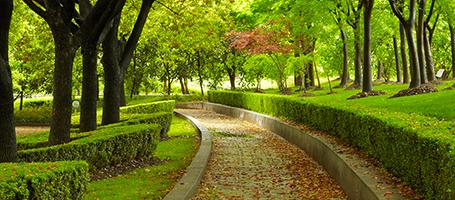Pruning in winter: The Best Times to Do it

There are two ideal times of year for pruning your orchard and garden: winter and the first months of summer, i.e. June and July. Depending on which of these periods you choose, the plants’ reaction changes, as do the results obtained.
Now let’s find out what winter and summer pruning involves, what the differences are, why it may generally be preferable to prune in the winter season, and whether there are any exceptions to this rule of thumb.
When to prune in winter and why
Winter pruning (or dry pruning) stimulates plants to produce lots of new vegetation in spring: it can be useful with younger specimens, for example. By contrast, summer pruning (or green pruning) lowers the plants’ vitality: you can use it to keep over-exuberant trees or shrubs in check.
Remember, though, that pruning is traumatic for plants, so when pruning in winter or summer you should always have a clear reason or aim in mind, and cut carefully. In fact, it is better to prune a little at a time than to make drastic cuts.
For plants that shed their leaves (deciduous plants), the best time for winter pruning is from the beginning of November to the end of February. To prune evergreens you can start later, from mid-December, and continue until February. However, pruning is best avoided during the coldest spells, to prevent frost damage worsening the exposed cuts, and after heavy rain, because pruning wounds are common entry points for parasites and harmful microorganisms that proliferate in moisture.
So, in principle, the best time for pruning is at the end of winter. We advise against doing winter pruning early during autumn, when leaves are falling or before. Neither should you delay it until the spring, when buds are opening. Both of these periods are very delicate for plants, which are engaged in activities that monopolise most of their energy, so cutting the plants during this time will put even more stress on them. Winter is preferable for pruning, not only because trees and shrubs are dormant, but also because it is the time of year when fewer harmful organisms are present and, consequently, the risk of disease or parasitic attack is lower.
To do winter pruning you can use manual pruning tools such as shears, loppers or a pruning saw. If the branches you need to cut are high up, you can work comfortably from ground level using a manual telescopic tool—such as a pole lopper or pole saw—or a telescopic pruner with internal combustion engine, like the Oleo-Mac PPX 271, which outputs 1 kW of power. You can adjust the bar through 5 positions, giving you consistently excellent visibility and cutting precision.
The usefulness of telescopic pruners for winter pruning is discussed in detail in our article that enumerates all the uses of telescopic pruners.
Whatever type of tool—manual or otherwise—you prefer to use for winter pruning, it is important that the cutting blades are clean, so as not to spread disease: you can easily disinfect them using alcohol or bleach.
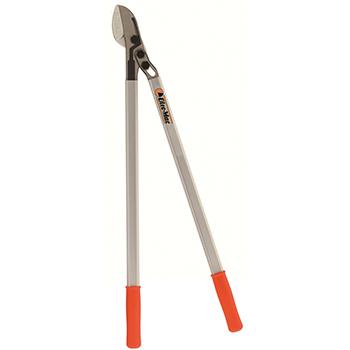
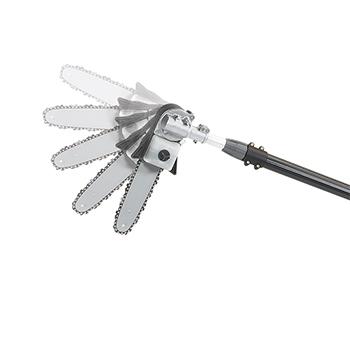
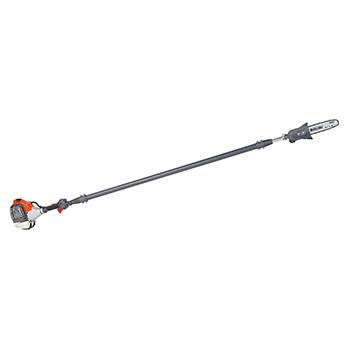
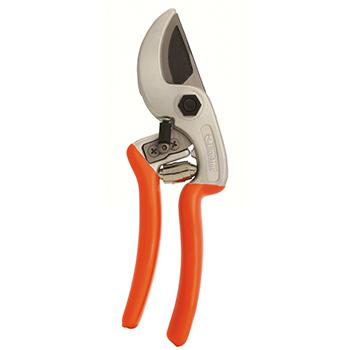
Winter pruning in the orchard: how it’s done
When pruning adult trees, i.e. productive trees, in the orchard during winter, you need to maintain the right balance between vigour and fruit production, by allowing the future growth of branches and leaves. The same applies to fruit trees in your garden, if you don’t have an orchard.
Although pruning tasks depend on the tree species and the type of cultivation, as well as the age of the fruit trees, there are standard procedures. First, tidy the foliage by removing any suckers remaining after summer pruning, as well as any diseased, damaged or dry branches, and stumps caused by breaks or previous pruning attempts.
At this point, you can start pruning. Prune every branch over two years old (i.e. which has its own side branches) as follows, starting from the tip and working towards the base:
-
Identify the branch apex, eliminating offshoots that compete with it: use reduction cuts, i.e. cutting back to the fork between the branches.
-
In the same way, resize lateral branches (or limbs) by defining their respective apexes.
-
Thin out the branches so that the crown of the tree receives sufficient sunlight and air: select excess branches and those originating from the same point; eliminate badly oriented, overlapping or intersecting branches, shoots that are growing too close to the originating branch, etc.
-
Prune more and more lightly as you work from the tip of the branch towards the base.
Remember that the technique for pruning fruit trees varies according to the type of plant: click the following link to read our guide to peach tree pruning.
If you want to learn about the reduction cut or find out how to limit pruning stress for your plants, we recommend this article on how to prune a tree.
Winter pruning in the garden: how it’s done
When pruning deciduous trees in your garden, limit the amount of branches you cut, minimising the length of each cut and respecting the structure of the plant. Taking a healthy adult specimen as an example, pruning should remove no more than 25% of branches: eliminating branches through winter pruning actually prevents the future growth of leaves essential for photosynthesis, the process on which a plant’s survival depends.
Similarly to trees in an orchard, when pruning trees in the garden you should shorten or completely remove branches using reduction cuts, carefully choosing both the cutting point and which branches/stems to remove and which to leave.
Compared with deciduous trees, conifers do not respond well to pruning and regrow with less vigour, so should be pruned sparingly. When pruning at the end of winter, limit yourself to removing dead, broken or diseased branches; thinning out badly oriented branches and eliminating those that are too low, in case they impede safe passage underneath the canopy.
As for both evergreen and deciduous hedge shrubs, whether flowering or otherwise, you can perform winter pruning and make essential cuts to regulate the plant’s shape and eliminate inward-growing or excess branches, etc.
Winter pruning is not ideal for tending all hedges: for example, if you want to keep very vigorous plants in check and make sure that they maintain a certain shape for a long time, it is better to prune in summer: we explain more about this in our article on pruning cherry laurels.
Have you recently started pruning? Here is an introductory guide that tells you all you need to know about pruning.
